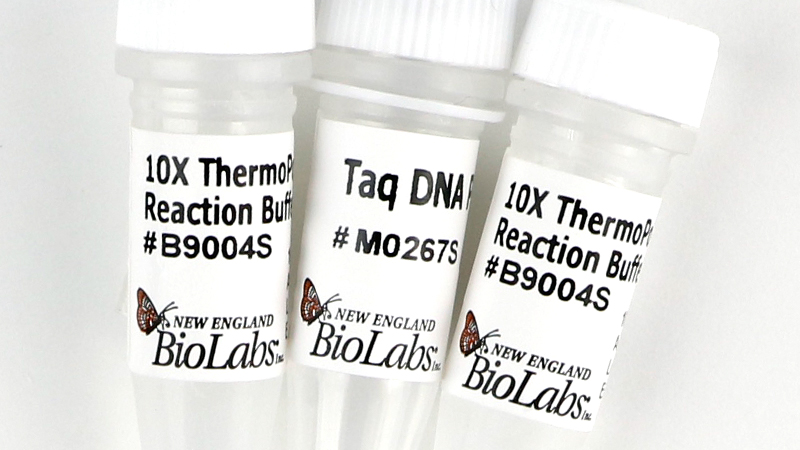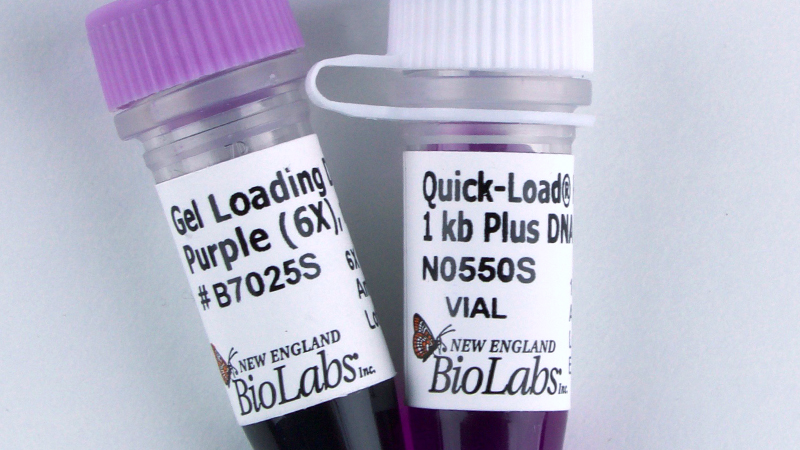PreCR® Repair Mix
Product information| Code | Name | Size | Quantity | Price | |
|---|---|---|---|---|---|
M0309S |
PreCR Repair Mix |
30 rxns | - | Unavailable in your region | |
M0309L |
PreCR Repair Mix |
150 rxns | - | Unavailable in your region |


